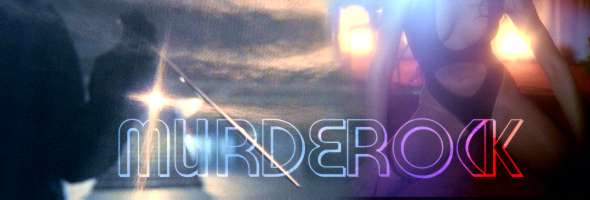

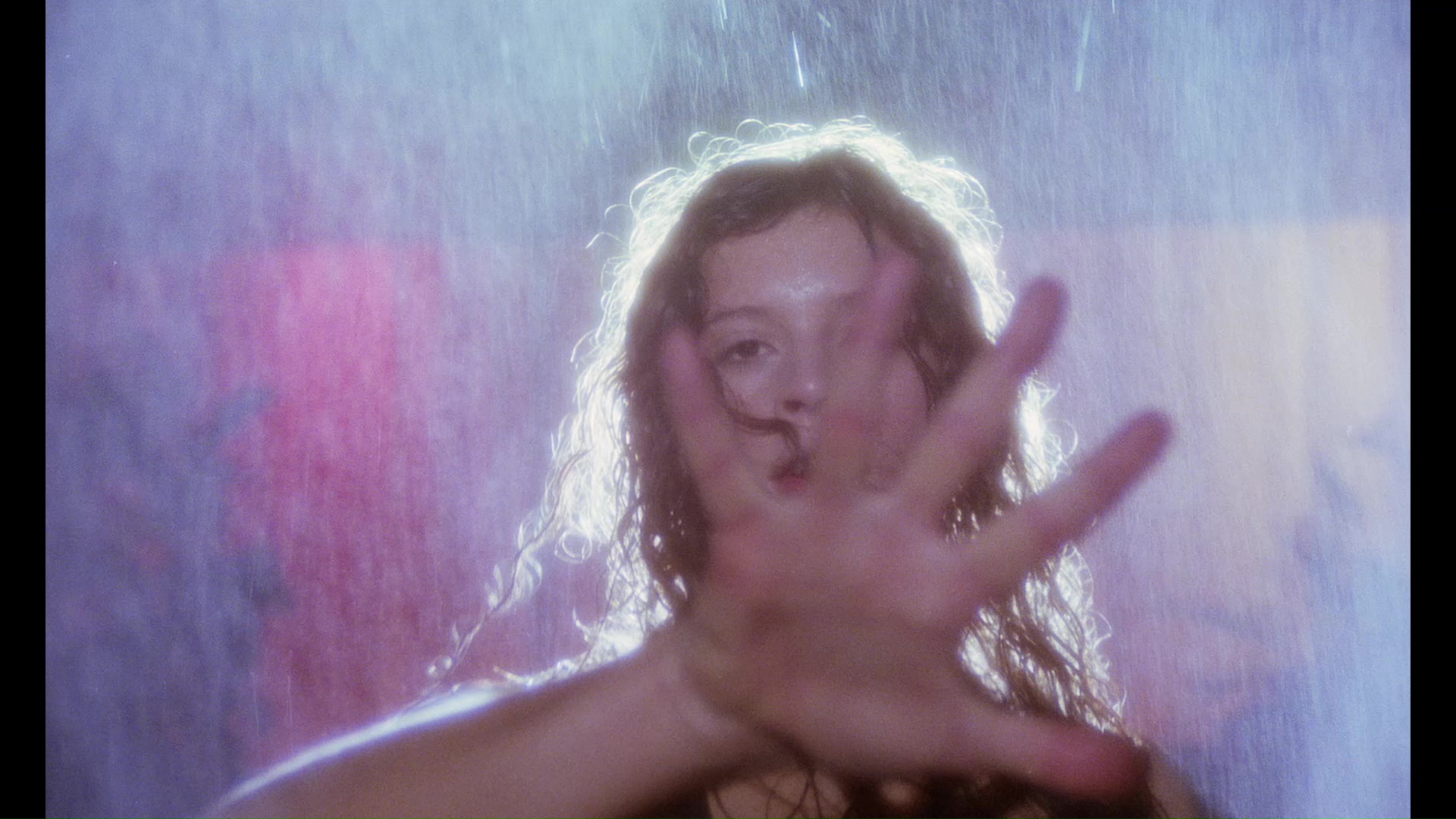 giallo, Murderock (or more properly listed on screen as Murder-rock: Dancing Death) is one of the most
giallo, Murderock (or more properly listed on screen as Murder-rock: Dancing Death) is one of the most 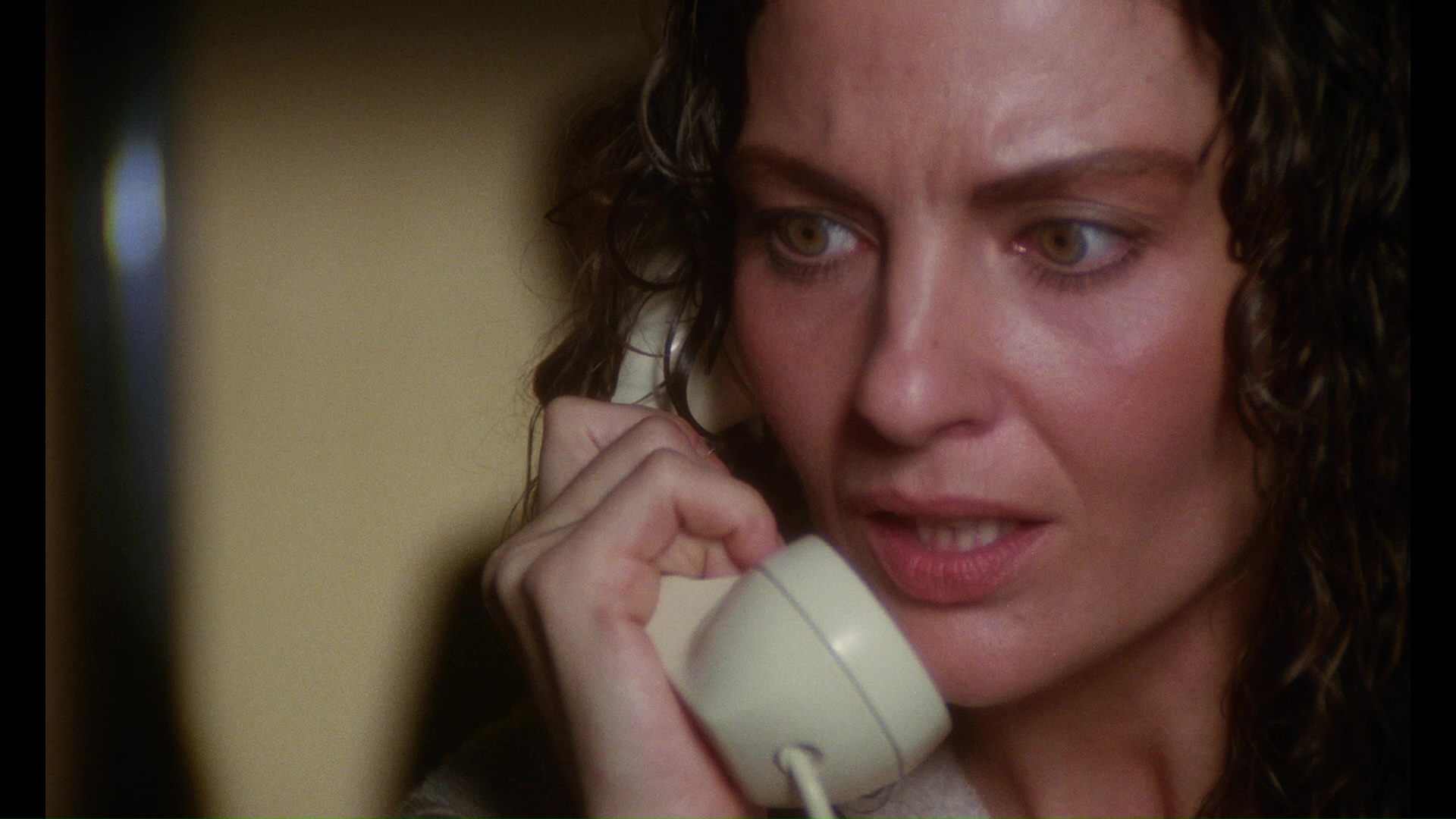 divisive films from beloved Italian director Lucio Fulci. Here his golden era including Big Apple horrors like The New York Ripper and Manhattan Baby wound down with the New York setting getting drenched in a pop aesthetic originally meant to inaugurate a new wave of thrillers set in the world of performing arts. Health issues waylaid those plans with Fulci only returning to the director's chair two years later with the outrageous The Devil's Honey, but what remains here is a visually striking and entertaining diversion initially dismissed by fans for its lack of gore. However, its irresistible cast of familiar favorites and feverish visual style have since been embraced, earning it a far more respected slot in the Fulci pantheon.
divisive films from beloved Italian director Lucio Fulci. Here his golden era including Big Apple horrors like The New York Ripper and Manhattan Baby wound down with the New York setting getting drenched in a pop aesthetic originally meant to inaugurate a new wave of thrillers set in the world of performing arts. Health issues waylaid those plans with Fulci only returning to the director's chair two years later with the outrageous The Devil's Honey, but what remains here is a visually striking and entertaining diversion initially dismissed by fans for its lack of gore. However, its irresistible cast of familiar favorites and feverish visual style have since been embraced, earning it a far more respected slot in the Fulci pantheon.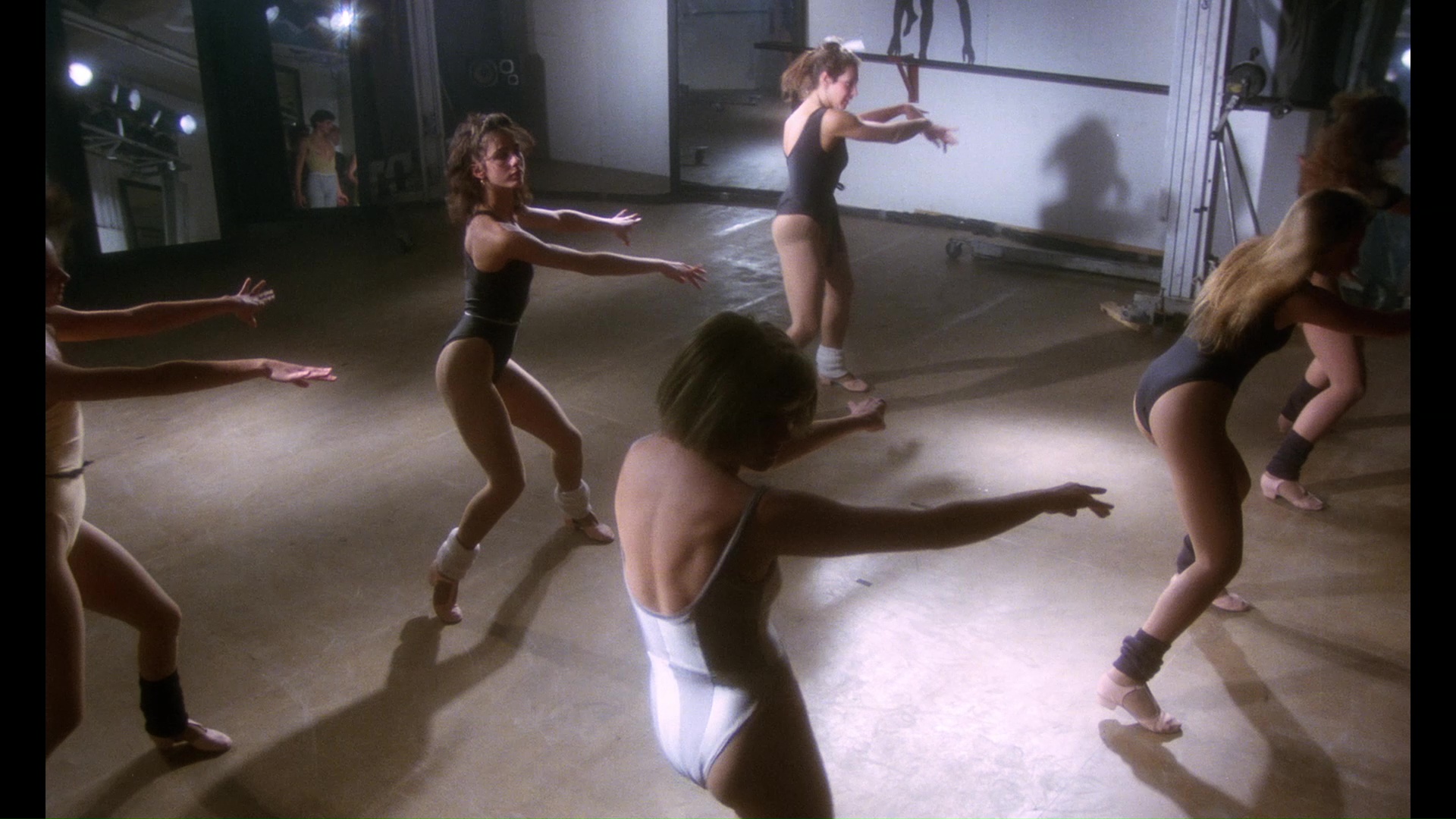 count rises. Who's responsible? And who will live to dance another day?
count rises. Who's responsible? And who will live to dance another day? 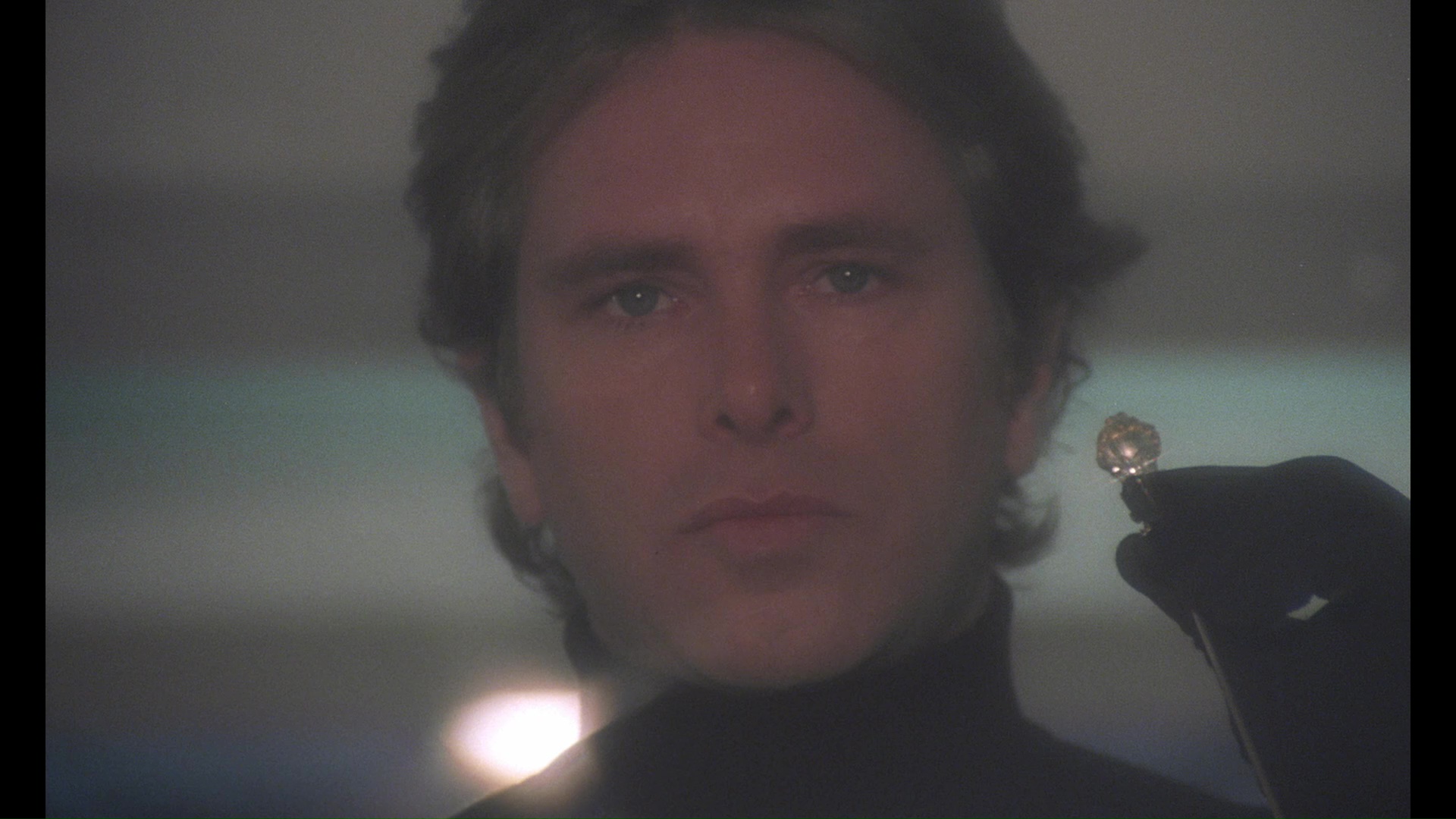
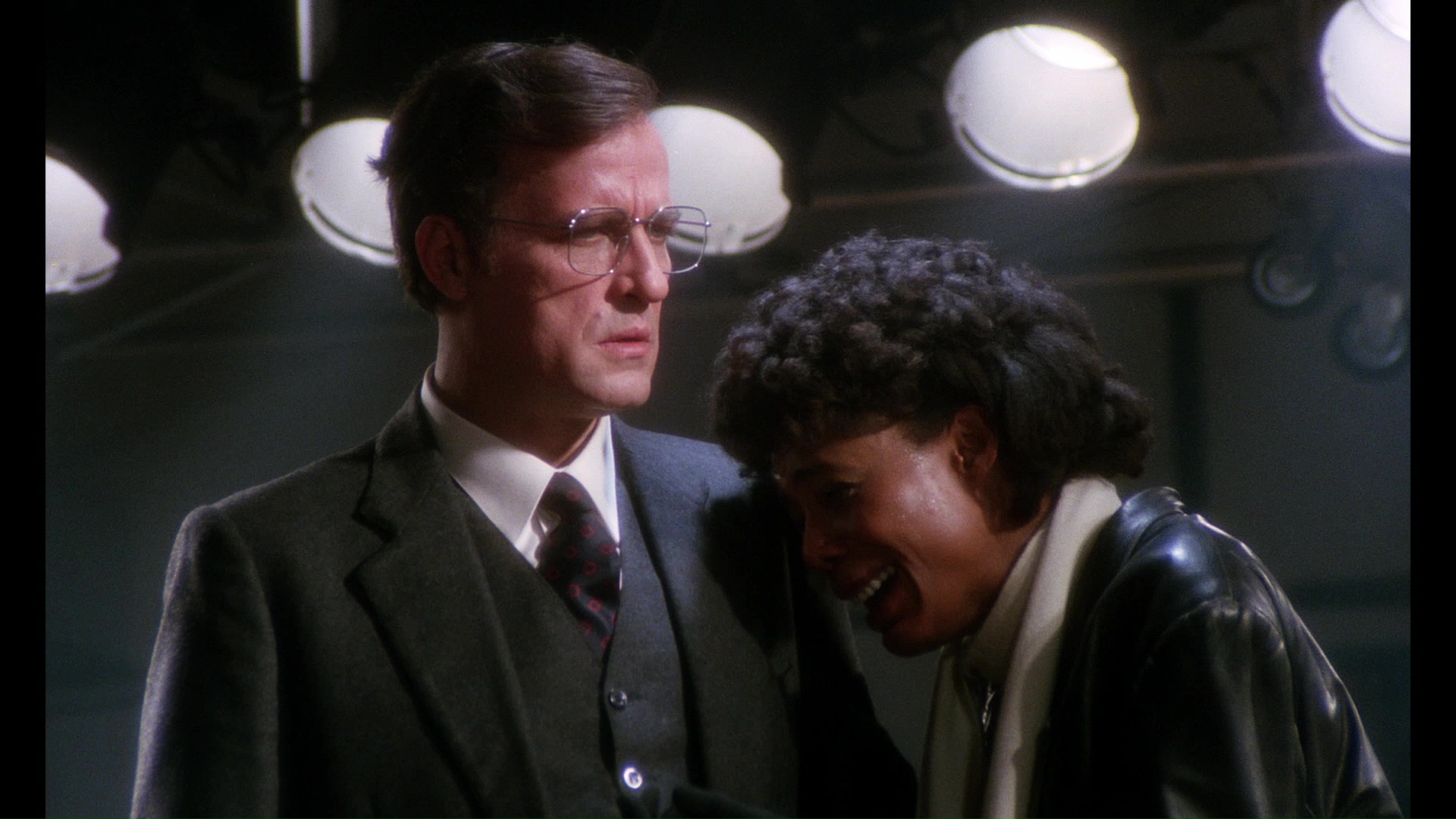 but dated English stereo mix (canned but appropriate since it matches most of the actors' lip movements) and the original Italian mix, which features much less channel separation and is tinny mono and pretty much indistinguishable from the ancient Domovideo VHS tapes. No English subtitle options are provided on this one. Media Blasters somehow
but dated English stereo mix (canned but appropriate since it matches most of the actors' lip movements) and the original Italian mix, which features much less channel separation and is tinny mono and pretty much indistinguishable from the ancient Domovideo VHS tapes. No English subtitle options are provided on this one. Media Blasters somehow  managed to bless this unlikely title with a double-disc set, and along with the film itself, the first disc contains an audio commentary with Pinori and writer Federico Caddeo (in Italian with optional subs) that covers the basics of the film's productions and memories of working with Fulci. You also get a fake, video-era Murderock preview from the European release (too bad as the real trailer mostly circulated in Japan is far superior -- and did an American one ever even exist?), plus an international trailer for Witchery and promos for other titles including The Being, Hiroku the Goblin and Shadow: Dead Riot. Disc two features a tribute video to Fulci entitled "Tempus Fugit" (28m11s) with a variety of luminaries including Dario Argento (via phone), Luigi Cozzi, Claudio Simonetti, Lovelock, writer Antonio Tentori and others sharing their memories of the director, albeit most of them briefly given the compact running time. Lovelock gets more breathing room in two separate pieces reflecting on his career in general (14m33s) and his work with the director (21m38s), and it's a nice companion piece to his appearances on previous Italian genre releases. Pinori also returns for a video interview (14m8s) mostly rehashing material from the commentary but also covering his views on the entire industry as a whole during a period when Italian horror was generally considered to be going downhill (and is now unfortunately pretty much extinct). Other extras include a small photo gallery of promotional art and a hefty selection of Fulci trailers including Zombie, City of the Living Dead, Touch of Death, A Lizard in a Woman's Skin, Sweet House of Horrors and House of Clocks. It's also worth noting that the Media
managed to bless this unlikely title with a double-disc set, and along with the film itself, the first disc contains an audio commentary with Pinori and writer Federico Caddeo (in Italian with optional subs) that covers the basics of the film's productions and memories of working with Fulci. You also get a fake, video-era Murderock preview from the European release (too bad as the real trailer mostly circulated in Japan is far superior -- and did an American one ever even exist?), plus an international trailer for Witchery and promos for other titles including The Being, Hiroku the Goblin and Shadow: Dead Riot. Disc two features a tribute video to Fulci entitled "Tempus Fugit" (28m11s) with a variety of luminaries including Dario Argento (via phone), Luigi Cozzi, Claudio Simonetti, Lovelock, writer Antonio Tentori and others sharing their memories of the director, albeit most of them briefly given the compact running time. Lovelock gets more breathing room in two separate pieces reflecting on his career in general (14m33s) and his work with the director (21m38s), and it's a nice companion piece to his appearances on previous Italian genre releases. Pinori also returns for a video interview (14m8s) mostly rehashing material from the commentary but also covering his views on the entire industry as a whole during a period when Italian horror was generally considered to be going downhill (and is now unfortunately pretty much extinct). Other extras include a small photo gallery of promotional art and a hefty selection of Fulci trailers including Zombie, City of the Living Dead, Touch of Death, A Lizard in a Woman's Skin, Sweet House of Horrors and House of Clocks. It's also worth noting that the Media 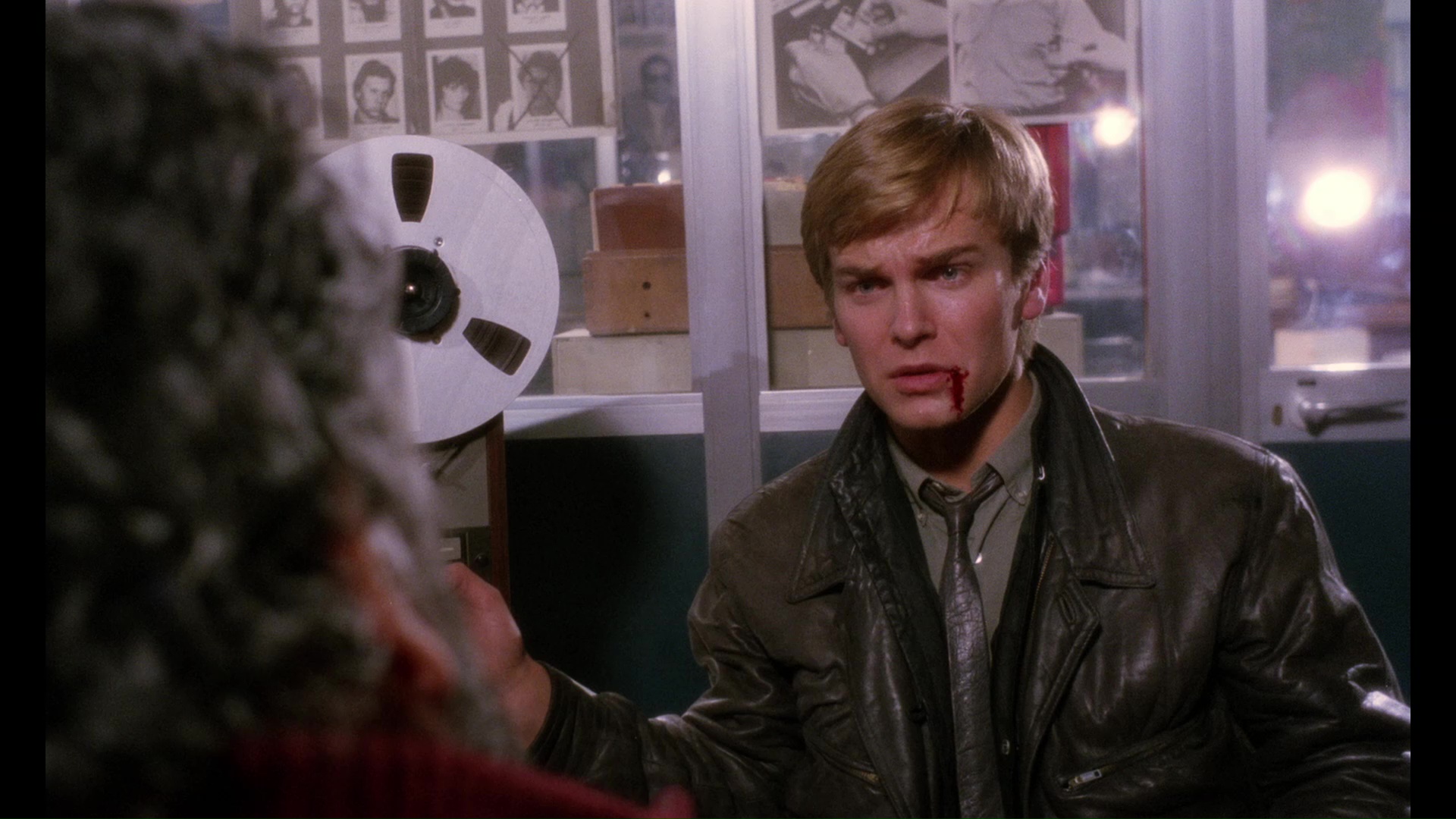 Blasters disc runs 92m54s but with lengthy DVD production credits appended at the end.
Blasters disc runs 92m54s but with lengthy DVD production credits appended at the end.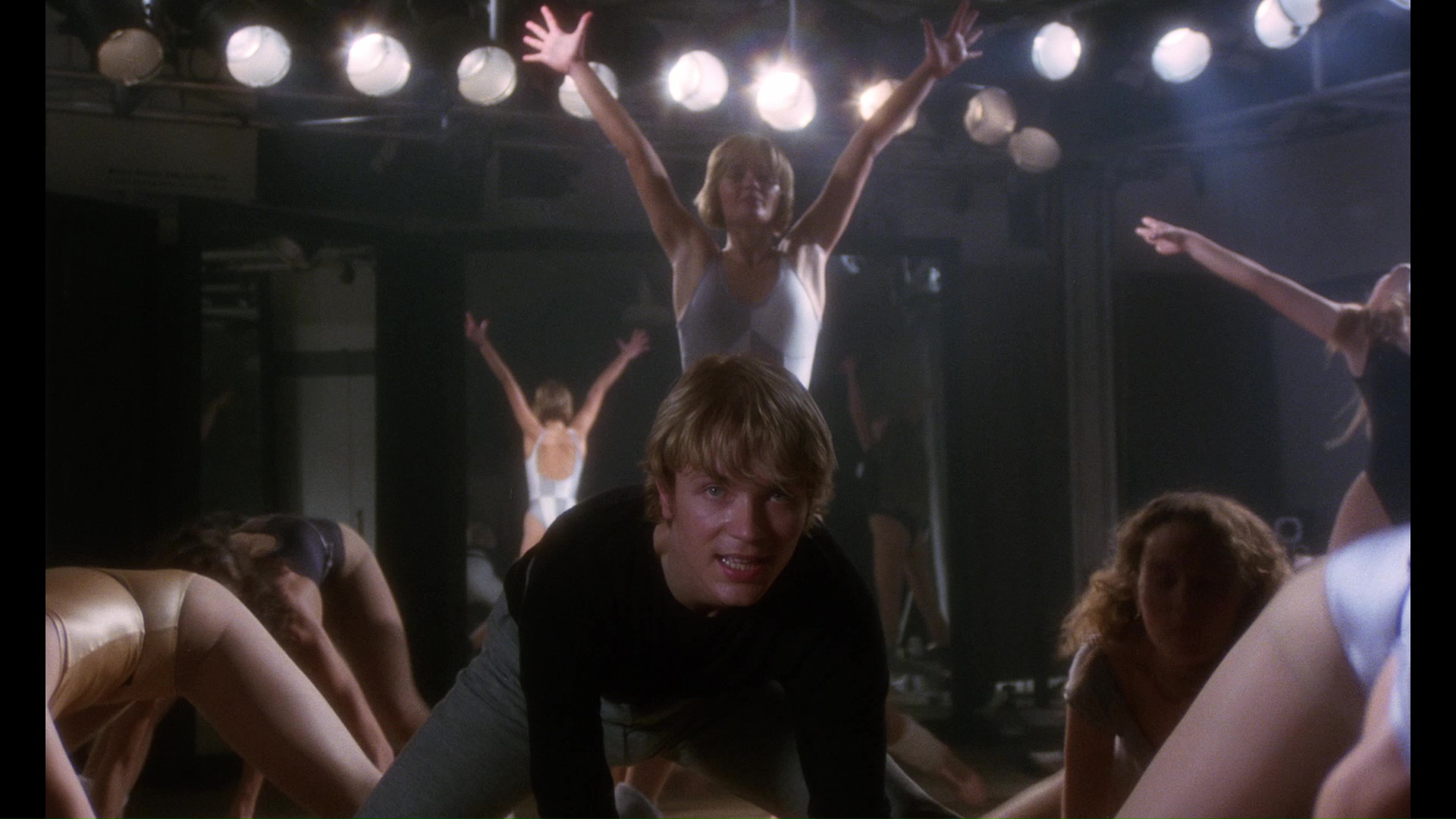
 included along with bonus ones for The Psychic, Opera, The Devil Within Her, The Church, and The Gates of Hell.
included along with bonus ones for The Psychic, Opera, The Devil Within Her, The Church, and The Gates of Hell. original camera negative with HDR10-compatible Dolby Vision on the former option. The big question here is how the framing would compare, and it's great news all around as it goes with the roomier 1.66:1 framing but adds a very significant amount of visual info compared to all prior versions. The added breathing room helps substantially and looks nicely framed throughout, especially since you can finally see the dancers' feet in several shots that were cropped too high before. The UHD really sparkles with exceptionally deep blacks that make those primary colors pop like crazy, and the slow strobing effects work better than ever here, too. Audio options include the usual DTS-HD MA 2.0 stereo English track and 1.0 Italian mono with newly translated English subtitles, plus the Howarth commentary ported over here.
original camera negative with HDR10-compatible Dolby Vision on the former option. The big question here is how the framing would compare, and it's great news all around as it goes with the roomier 1.66:1 framing but adds a very significant amount of visual info compared to all prior versions. The added breathing room helps substantially and looks nicely framed throughout, especially since you can finally see the dancers' feet in several shots that were cropped too high before. The UHD really sparkles with exceptionally deep blacks that make those primary colors pop like crazy, and the slow strobing effects work better than ever here, too. Audio options include the usual DTS-HD MA 2.0 stereo English track and 1.0 Italian mono with newly translated English subtitles, plus the Howarth commentary ported over here.![]()